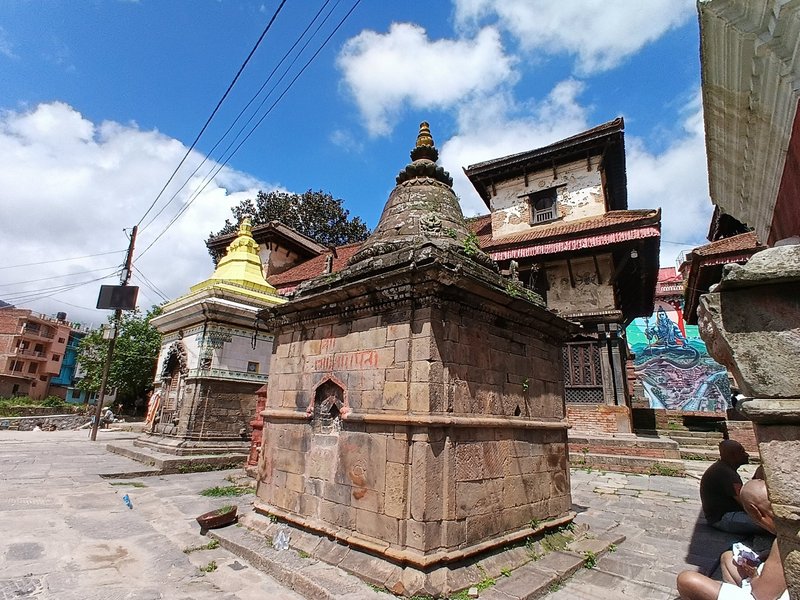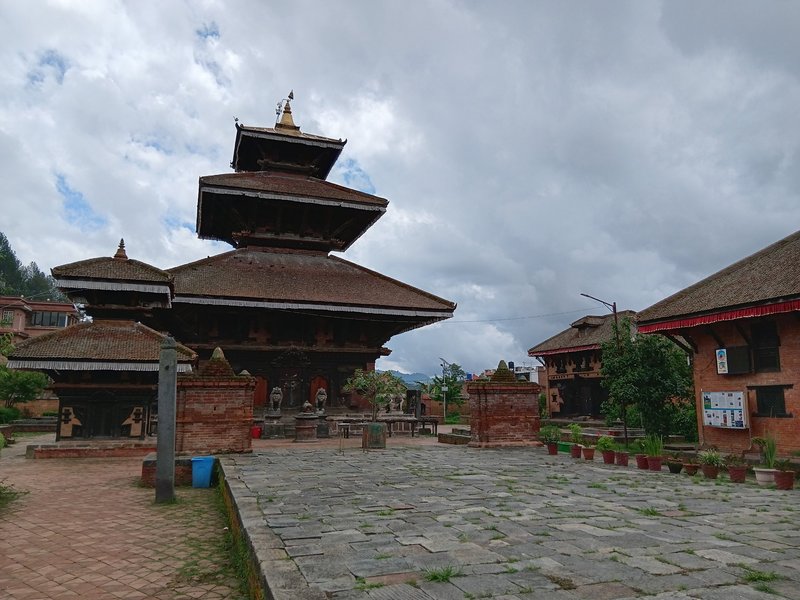I am conflicted in writing this review on the hidden gem that is Panauti. It was one of the highlights of my July 2025 trip to Nepal, but it's partly because of how it's so forgotten and lost in time. World heritage status could change that just as much as it could preserve it. All I can hope is that it continues to stay in its pristine, yet rough, state free of commercialism, overtourism, and urbanization. And for the lucky few who get there, I hope you can enjoy it as I did and help to leave it as it's always been.

Panauti is a living open-air museum and village lying 32 kilometers from Kathmandu, outside the Kathmandu Valley, and at the confluence of the Roshi, Punyamata, and a mythical invisible third river. Around this confluence are the Triveni Ghats, where traditional Hindu cremations happen on occasion, and other pilgrims come to cleanse themselves with the river water. Numerous temple buildings crowd this space, ranging from typical wooden Newari pagodas to stone or brick shrines. One building has a painted facade depicting Hindu gods, while another is decorated with colorful tiles. A bit higher up is Indreshwor Temple, the most important in the town, dating back to at least the 13th century and unaffected by the big earthquakes in the past century. It's a masterpiece of Newari craftsmanship in its own right, being one of the biggest pagodas of its type in all of Nepal, and crowned by a hand-beaten copper roof. Surrounding it are several more temple buildings, including the one housing the Panauti Museum, though this was closed when we visited in late morning on a Wednesday. Walking the streets towards the Durbar Square was really like walking through a life-size museum display, with each building exhibiting a slightly different interpretation of traditional vernacular Newari architecture. Some looked nearly as old as the temple, while others exhibited clear European influence, likely built in the past two centuries by rich families who had been immersed in British culture. Yet, not a single building struck me as recent, only the occasional wall murals that decorated a few facades. It was truly a walk back in time, only hearing the cheers of children attending class in the nearby school, feeling the crisp Himalayan air blow past even on a summer day. The Durbar is unfortunately in ruins and kept behind walls where you can only steal peeks through the little windows, though a nice shikhara stands across the street. Even then, I think Panauti would stand as the most complete ensemble of a Newari town. Everything of importance can be seen in a very compact area that demonstrates the synthesis of religious tradition as a pilgrimage town on a holy river in a way that Kathmandu, Bhaktapur, and Patan, in their urban sprawl, cannot. Preservation is also excellent due to Panauti being much less affected by recent earthquakes.

Panauti is accessible by direct bus from Ratna Park in Kathmandu, but due to uncertain connections to nearby Bhaktapur, we decided on hiring a driver for the day. We ended up visiting Panauti, Bhaktapur's historic center, and Changu Narayan as a single day-trip from Kathmandu. Unlike what I would experience later in all the Kathmandu Valley WHS sites, not a single soul disturbed me in Panauti, not a single tout offering guide services or products. It was a complete immersion to see the unadulterated lifestyle of the townspeople here. It's what I imagine the great sites of Kathmandu Valley could have been like decades ago. For that, I will never forget Panauti, and I truly hope it never forgets what it is now and has always been.
